Tastes Of India: Exploring The Richness Of Punjabi Cuisine
It provides a wide range of delicious and distinctive vegetarian and non-vegetarian foods that are made using a variety of traditional cooking techniques, including the tandoori style.

New Delhi: One of the most distinctive and well-known Indian cuisines is Punjabi cuisine. It provides a wide range of delicious and distinctive vegetarian and non-vegetarian foods that are made using a variety of traditional cooking techniques, including the tandoori style. The exotic and delectable tandoor items and various other mouthwatering dishes with rich, spicy, and buttery flavours can be enjoyed with Punjabi Basmati rice. Not only that, but Punjabi cuisine is also famous for its numerous kinds of bread like Tandoori Roti and Naan.
Punjab is said to be the origin of true tandoori cuisine. According to popular belief, the Arabs brought the "tandoor" to India after it was invented in Persia. The first people to master the art of tandoor cooking were those who lived in the Punjab region at the time. Our favourite Tandoori chicken is thought to have been created in Peshawar as recently as the 1930s when it rose to popularity.
Interestingly, despite having five rivers, there isn't much seafood on the menu here. They enjoy fish, but not in curries. Machchi ke Sooley, Fish Kebabs, Fish Tikkas, and Amritsari Machchi are just a few of the delicious fish dishes that are deeply fried and skewered.
Punjabi dishes are traditionally prepared using ghee, butter, clarified butter, paneer, and sunflower oil. The meals are typically prepared with traditional Indian spices pounded on a 'ghotna', a common kitchen tool for grinding and crushing spices and other ingredients. Numerous Punjabi cuisines are prepared using kasoori methi, or dried fenugreek leaves, onion, garlic, and ginger. To improve the flavour and taste of different foods, a variety of food additives such as vinegar, bulking agents like starch, colouring agents like zarda, and spices like cumin, coriander, dried methi leaves, and black pepper are used.
Here are some Punjabi dishes that define the true essence of the state:
1. Matar Paneer:
An iconic vegetarian dish from North India is matar paneer. It is cooked with peas and paneer cheese in a tomato sauce flavoured with garam masala. Although it is a Punjabi speciality, the rich, thick curry is popular all over India. Rice and Indian flatbreads like naan, kulcha, roti, or paratha are typically served with the dish for lunch or dinner.
Since there are many variations, thickeners such as maize, yoghurt, or cream are frequently used. Freshly cut coriander and mint leaves are frequently sprinkled on top of it to add a fresh flavour.
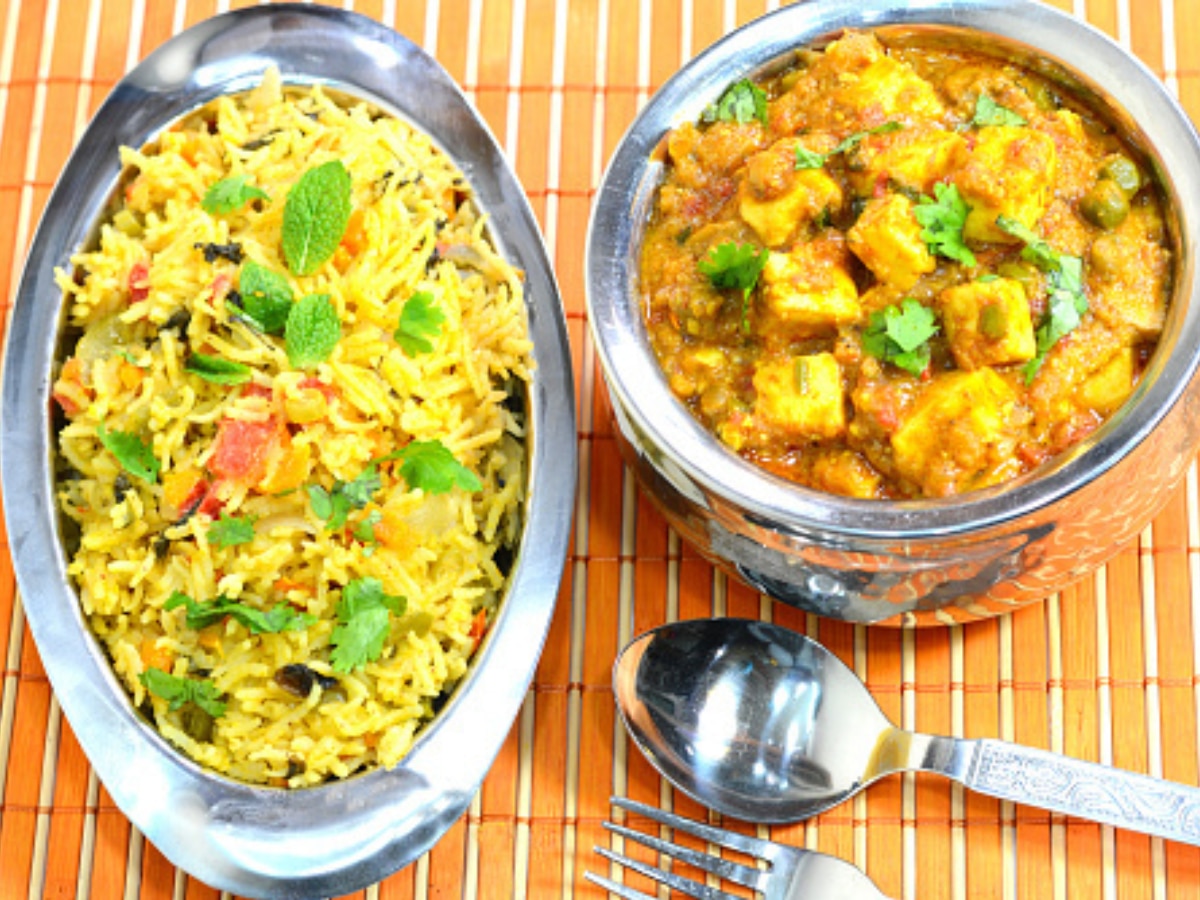
2. Lassi:
Lassi is a well-known beverage that Punjabis take great pride in. The original lassi, as it came to be known, is sweet with a dab of cream and butter to make it as rich as you can. To give it a twist and counteract the summer heat, flavours like strawberry or mango rose are also included these days.
Lassi is a type of ancient smoothie and the original yoghurt smoothie ever created. The concept originated somewhere around 1000 BC and began either with fine fruits or pure spices.
It is renowned for its healing abilities according to Ayurveda, and it also has a relaxing impact on the stomach and the mind.
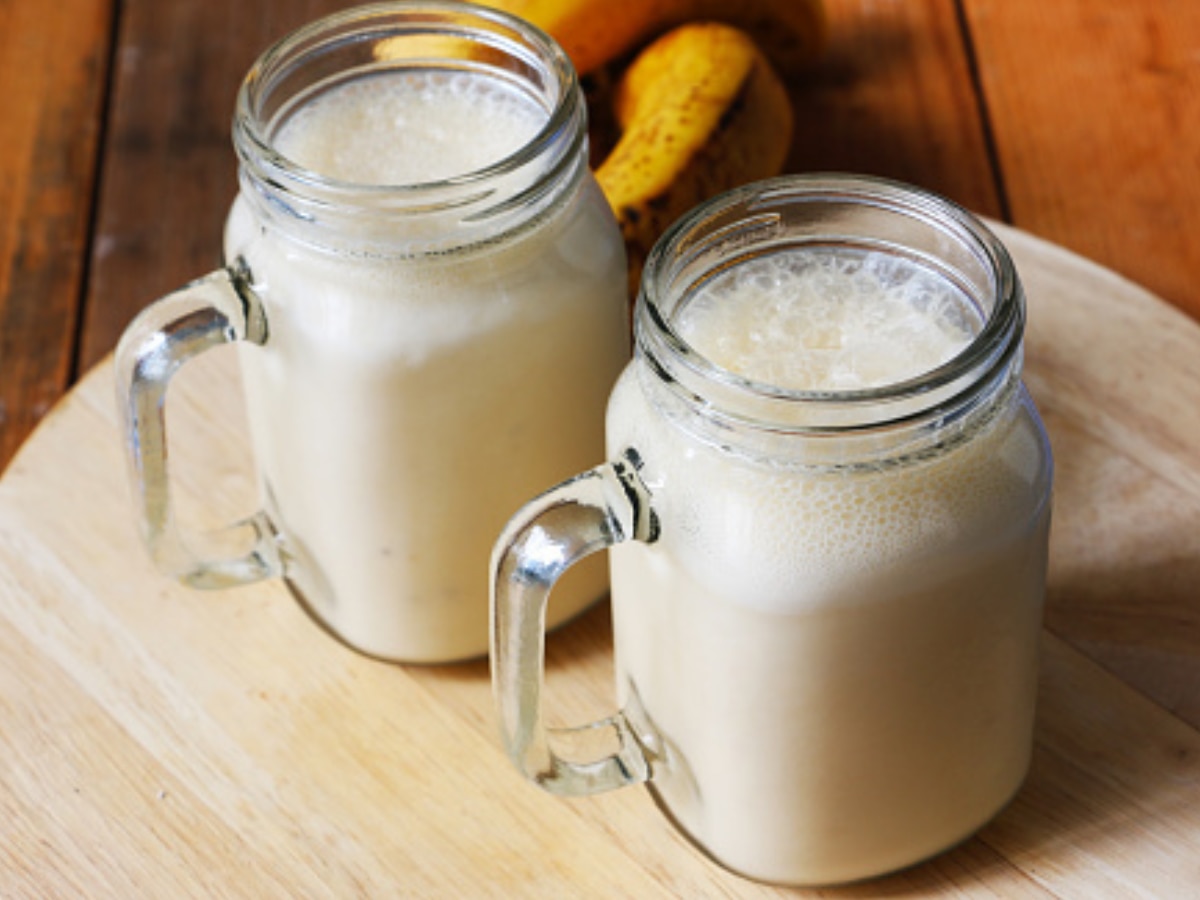
3. Amritsari Fish:
Amritsari fish is a favourite dish among non-vegetarians in India and is a wonderful contribution to Punjabi cuisine. Since it is a dry dish, you can either eat this luscious, fried fish with naan or just like that. It is batter-fried and has a juicy, luscious inside that is also peppery. You just can't go wrong with a spicy fish and a chilly lassi combination!
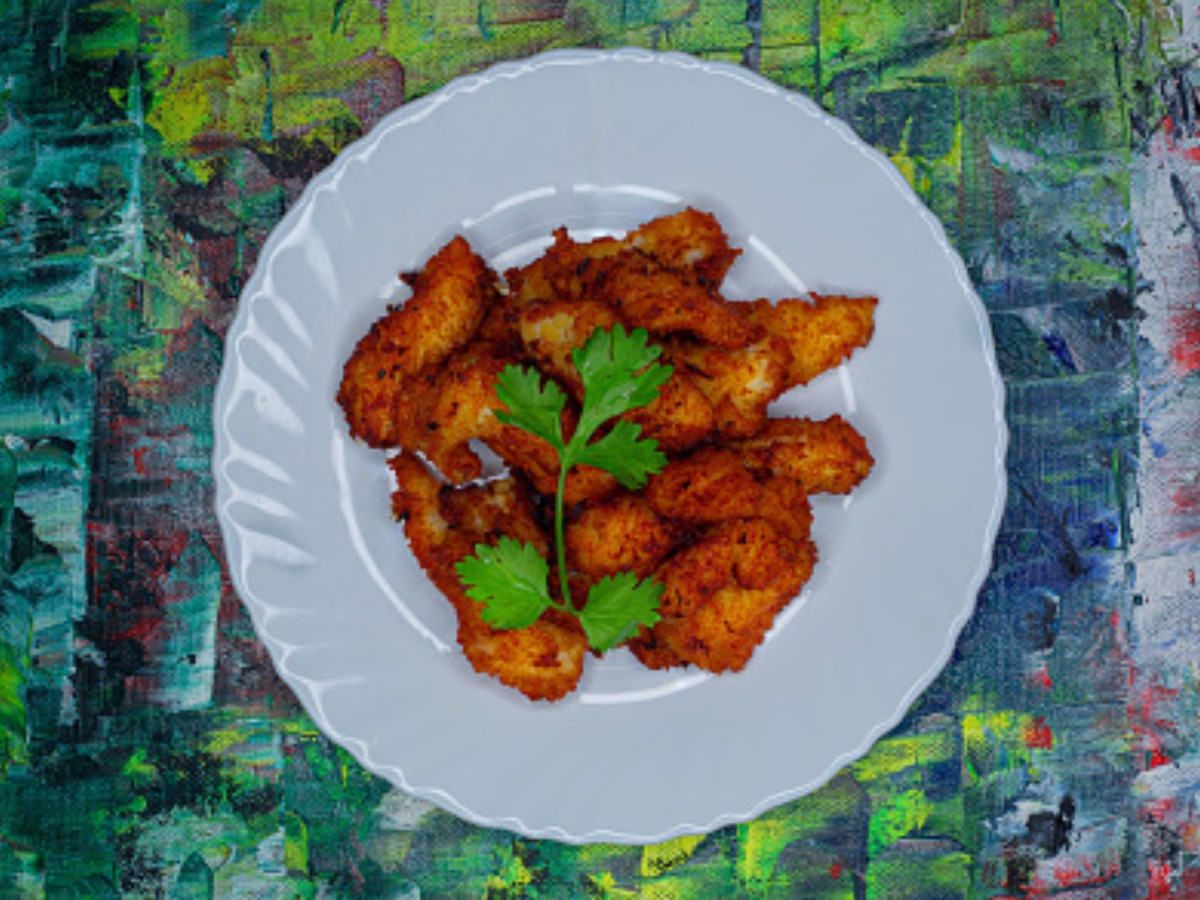
4. Tandoori Chicken:
One of the most well-known dishes in Indian cuisine is tandoori chicken or tandoori murgh, whose name comes from the Persian word 'tannur', which means fire. The cuisine comprises skewered chicken flesh that has been marinated in yoghurt and spiced with cumin, nutmeg, and tandoori masala.
Its method of preparation makes it a special dish. Traditionally, it is cooked at high temperatures in cylinder-shaped clay ovens called tandoors, producing luscious meat with a smokey flavour.

5. Sarson Ka Saag:
Punjabi Sarson ka Saag is a favourite during the chilly North Indian winters, especially when served with Makki Ki Roti. It is peppery, pungent, and rich in nutrients. Sarson da saag is traditionally prepared using a time-consuming procedure. The leafy greens are first boiled for around 90 minutes, or until they are mushy and soft, in a sizable clay pot. Using a wooden whisk, it is then pounded to a coarse paste. Finally, it is temperéed with ghee, onions, tomatoes, and a few spices.
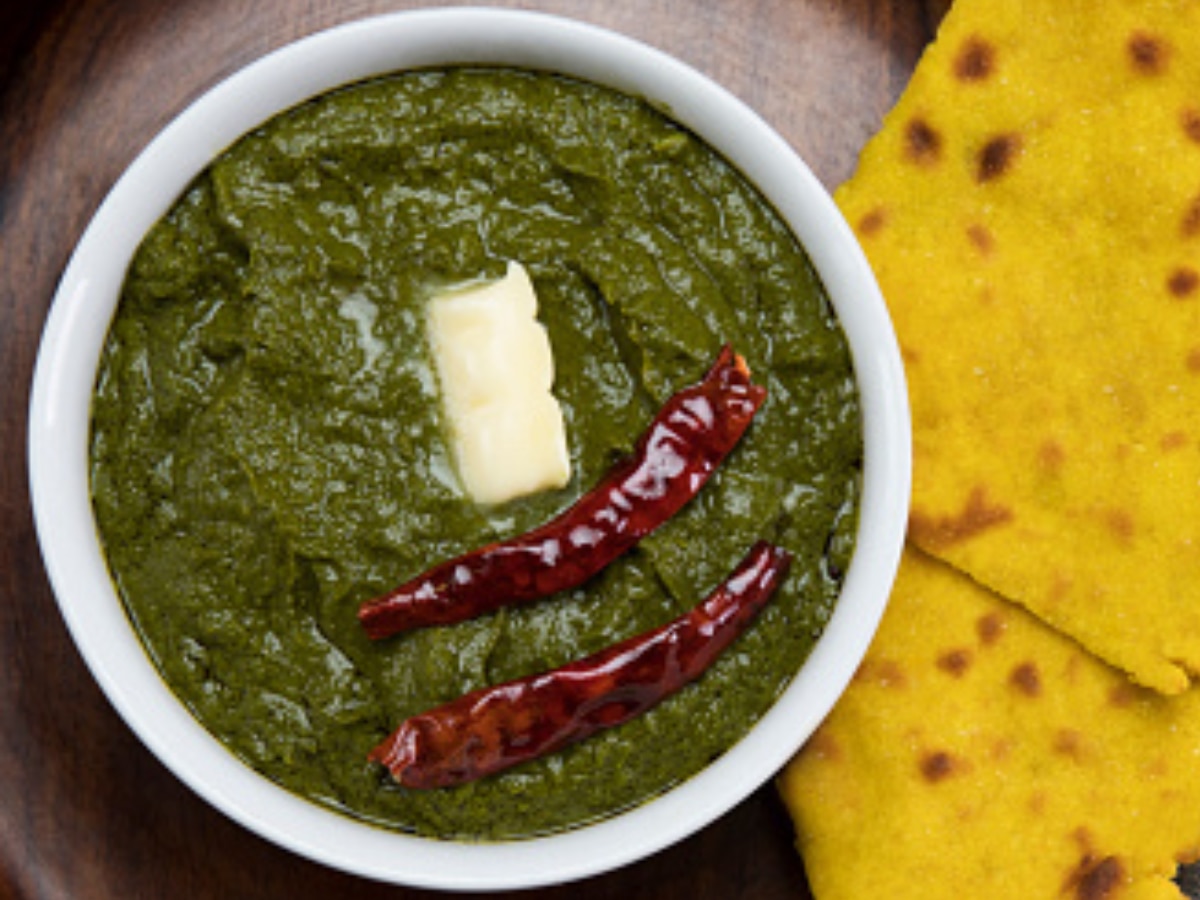
6. Dal Makhani:
Dal Makhani is one of the most well-known Indian lentil dishes and has Punjabi origins. It is made out of entire black lentils, often known as urad, and red kidney beans.
The meal is patiently cooked in a thick, tomato-based sauce and made with generous amounts of ghee and a variety of ingredients, including chilli and ginger garlic paste. The last component—a drizzle of melted ghee or butter—which gives this traditional dish its signature velvety flavour—gives rise to the name "makhani," which means "butter."
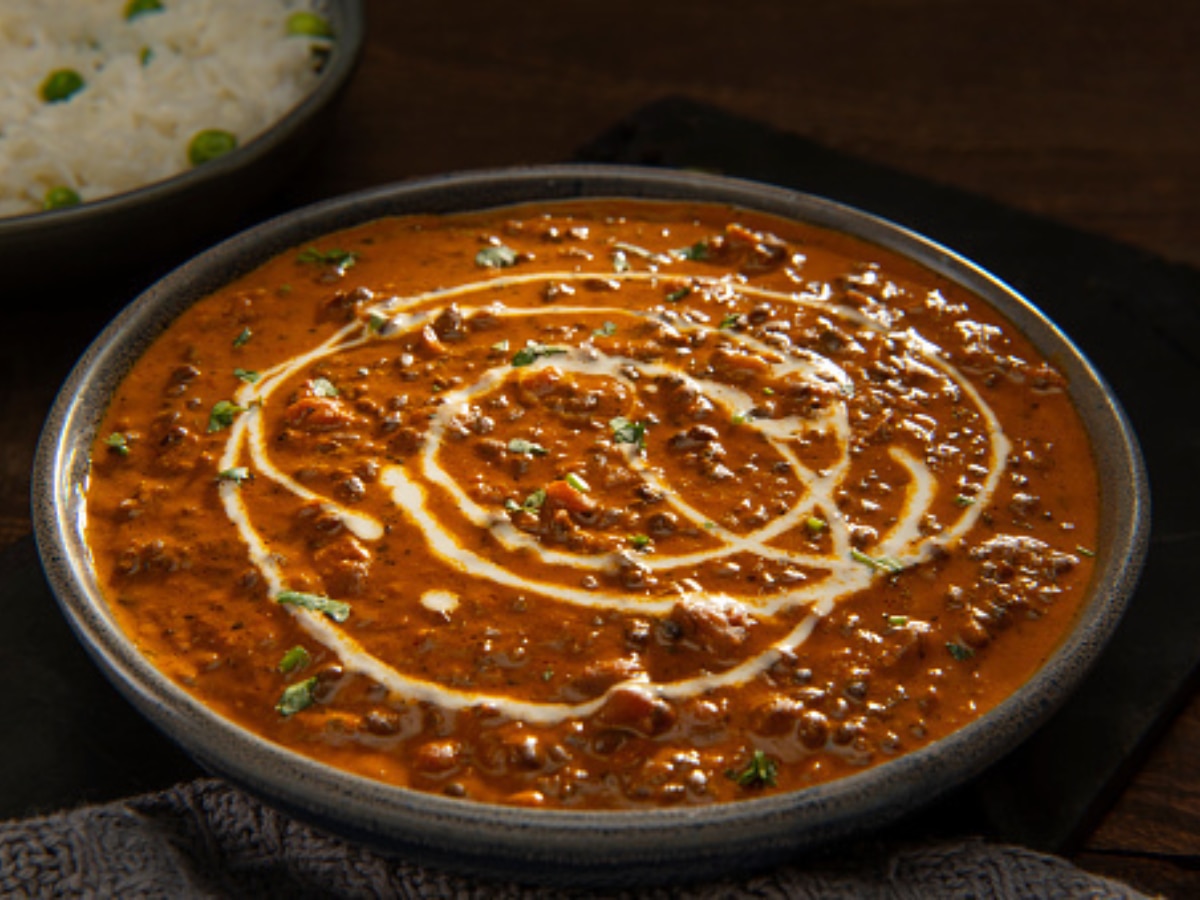
7. Pindi Chole:
Pindi Chole, also known as Pindi Chana, originated in Punjab. Its name is a combination of the Punjabi word "chole," which means "chickpeas," and the name of the Pakistani town where it first appeared which is Rawalpindi. Later, the dish came to be known as Pindi Chana in Delhi. Though "chana" is a slightly different variety of chickpeas than "chole," rest assured that Pindi chole and Pindi chana are identical.
Pindi chole can be made with dried or canned chickpeas. When using dry chickpeas in our Pindi chole recipe, we need to soak them overnight and then cook them. It can be served with roti or kulcha.
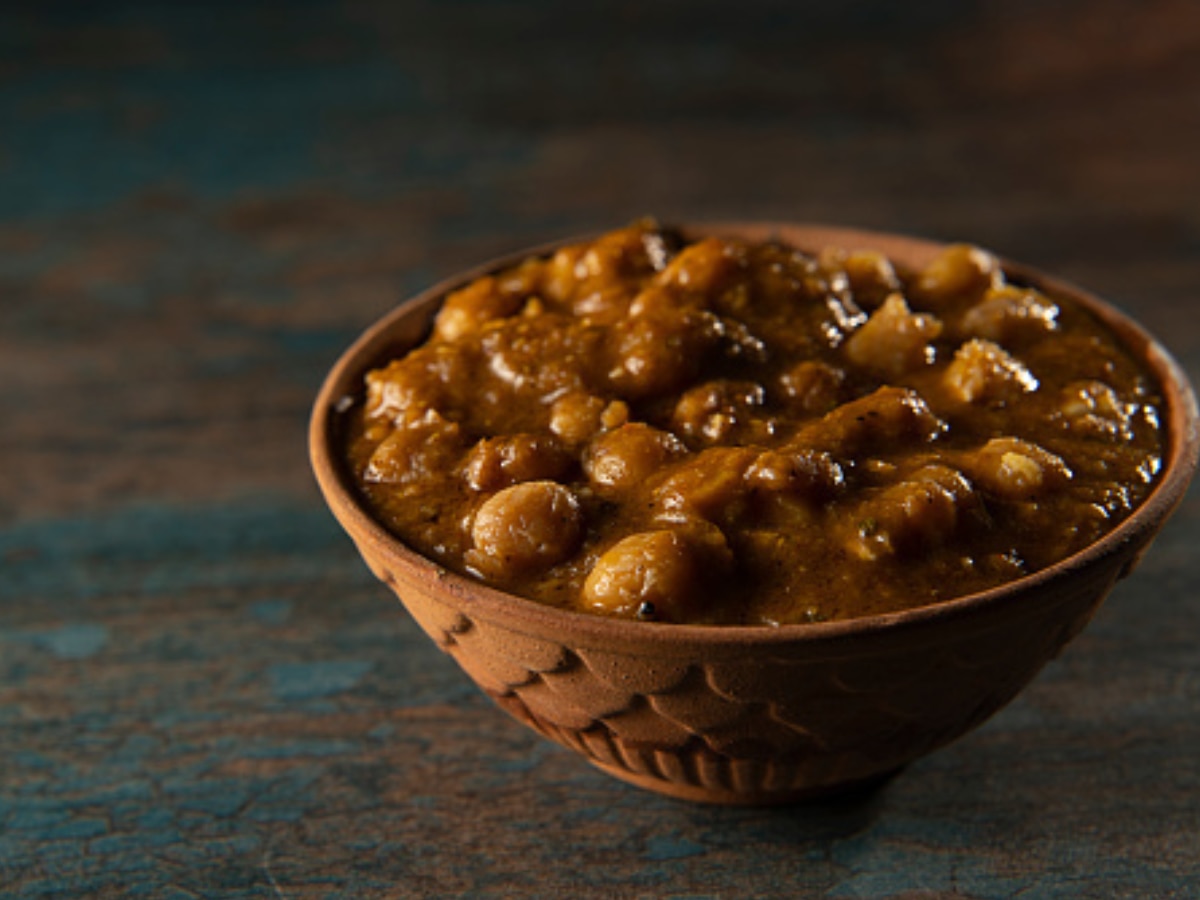
8. Punjabi Kadhi Pakodi:
The best Punjabi kadhi is a delectable creamy sauce with soft fried pakodis dipped into it. It is a common lunch food in Indian homes and is made using gram flour, spices, and chillies. It is typically topped with laal-mirch ka tadka and served with rice.
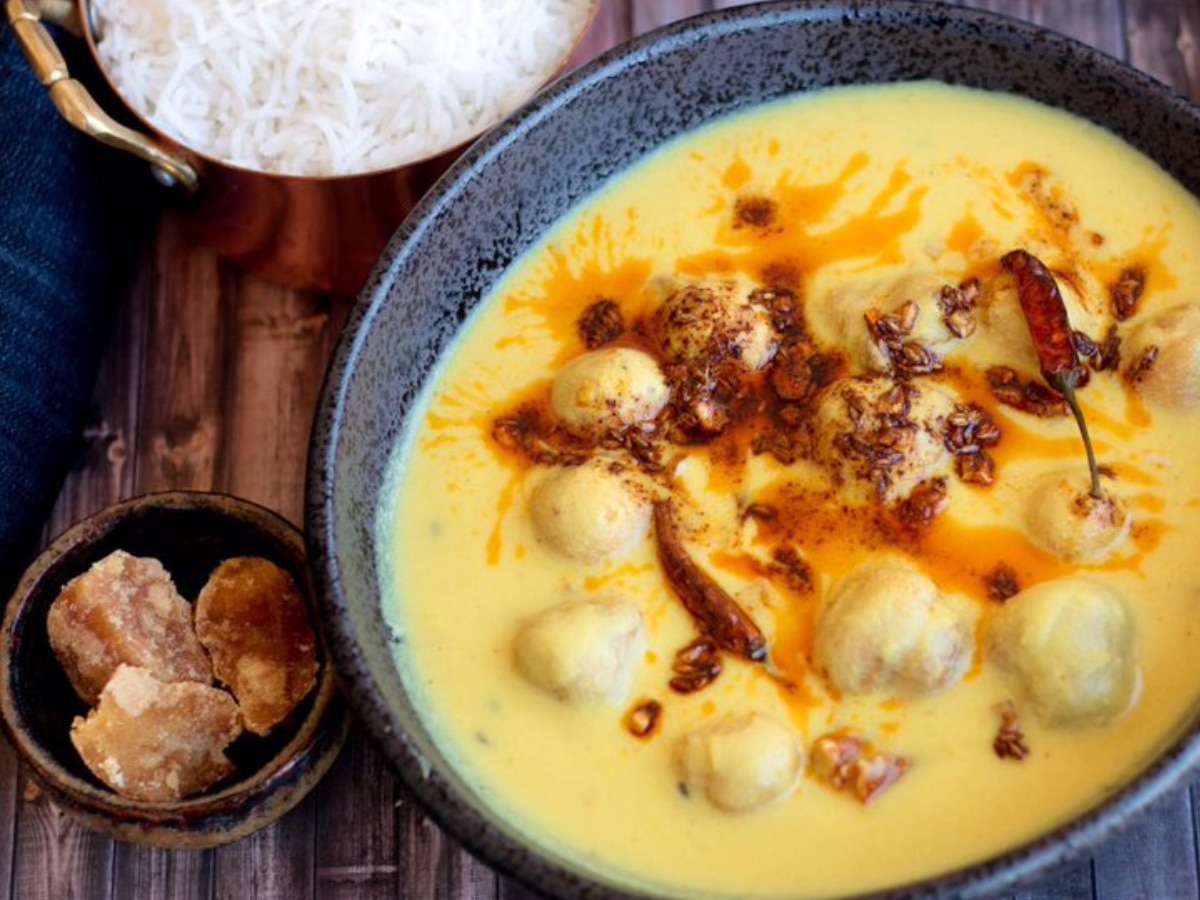
Related Video
Union Budget 2024: Nirmala Sitharaman Reaches Parliament Ahead Of Budget Presentation Today | ABP News





































